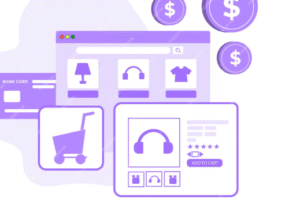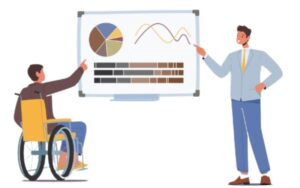At present, an eCommerce website now serves as nothing more than a storefront; the rest is done by the business around the eCommerce site to protect your brand for success in an automated economy. If it doesn’t include user experience and conversion optimization, you are literally leaving money on the table.
These days, fantastic competition is so prevalent that wonderful products do not market themselves anymore. A web designer really needs to have in mind exactly what makes a potential customer visit the website with the prospect of transforming them into a loyal customer after the time spent visiting it.
The essence of this blog post is to review an 8-challenged and proven set of design techniques that primarily scale conversion efforts. Whether you are developing a new store or updating the existing one, these tips will fight back with expert eCommerce development advice.
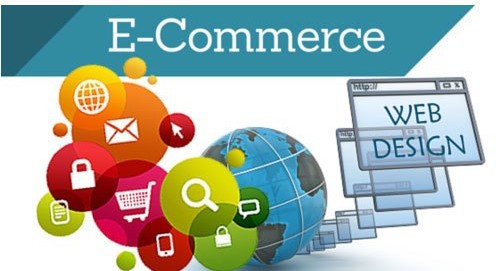
Why Does eCommerce Website Design Matter So Much?
The layout and working of your website can seal or facilitate the sales. Besides the standard marketing requirements associated with a website, eCommerce sites have such advanced requirements as:
- Handling Secure Payment
- Managing Real-Time Inventory
- Easy Navigation & Checkout
- Robust Order Fulfillment System
The better you design your website, the more visitors you attract to it and the more conversions you generate. If you are really considering setting up an eCommerce business, you should first choose the right ecommerce web design company.
Many of the entrepreneurs who have presently rolled out their marketing web portals feel that merely displaying photographs of their products would suffice; Unfortunately, however, such great success comes because of careful design, usability, and SEO strategy, among other things.
1. Keep It Simple and Intuitive

A layout cluttered or disorganized proves to be an instant turn-off where potential customers are concerned. Clean, neat styling always prevails against navigation in a manner that detracts from the product focus. Key Ingredients:
- Well-organized hierarchical logical categories
- Clear navigation menu
- Sufficient white space for spare reading
- Clear recognition search bar
Nothing can deliver a great shopping experience like a user-friendly and easily navigable website designed with the help of an eCommerce web designer.
An ecommerce website design company will, however, consider the end goal by looking into Geolocation, demographics, SEO aspects, etc. It is a good practice to design your store with an eye on the target audience, as this could increase footfall. Today, making an eCommerce website has fortunately become easier than ever in the past couple of years.
2. Optimize for Mobile-First Experience
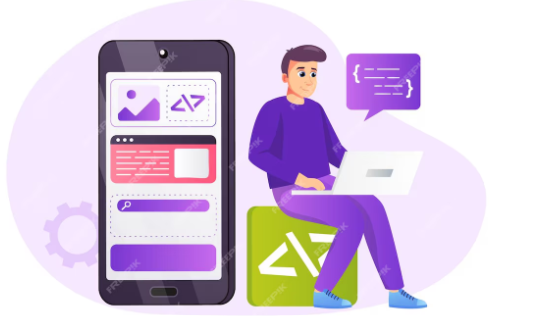
You wouldn’t believe it, but over 60% of all surfing happens on smart devices. If your site is not optimized for mobile, you are losing another segment of your audience. Best practices for mobile optimization:
- Resize and adjust layouts according to screen size.
- CTAs should be within reach.
- Load rapidly.
- Collapsible menu for easy navigation.
Optimized configurations concerning mobility are perpetually programmed to the supreme professional eCommerce web design services. Literally every second counts in this regard. Speed, simplicity, and interactivity are what every user demands.
3. Use High-Quality Product Visuals

The fact that you cannot physically see the product is one of the main problems with online shopping. Therefore, ensure to take high-quality images and videos of the product. The better the quality, the better conversion rates you will receive. Let the user zoom in and have a clearer perception of what the product looks like, rather.
There can be no doubt about the fact that all the photography will be the magic wand to make the store flow with smoothness-like. In order to keep the sales momentum going for the website, the pages should have lightning-fast load speed, so that customers get what they want. The important points you should know are below:
- High-quality product images
- Zoom-in option
- Images from various different angles
- Product demo videos
4. Builds Strong Call-to-Action
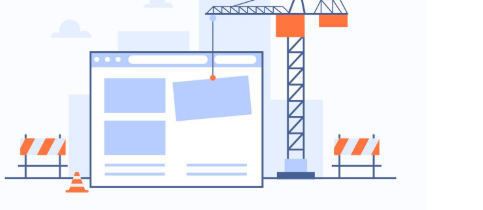
It is the last nudge needed by a user towards conversion. Your CTAs, whether “Add to Cart”, “Buy Now”, or “Start Shopping”, should be eye-catching, contrasting in color with the site design, and oriented toward action. Here are some tips for good CTAs:
- Make buttons pop by using contrasting colors
- Keep the text short and sweet
- Make sure your CTA is placed above the fold and at the end of the product description
Well-placed CTAs speak of the prowess of an ecommerce web design agency, leading your users clearly and definitively through the sales funnel.
5. Simplify the Checkout Process
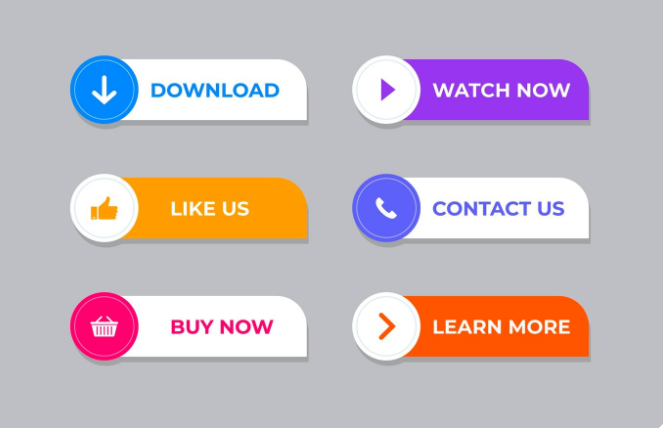
Here are some of the most important pain points in eCommerce: Cart abandonment is just one of them, and a long, confusing checkout process happens to be one of the biggest reasons. Freeing up the checkout flow will immensely increase conversion. Check out simplification matters:
- Support guest checkout.
- Minimize the number of form fields.
- Offer auto-fill options.
- Provide a progress indicator (e.g., Step 1 of 3).
6. Leverage Social Proof and Trust Signals

Yes, shoppers are online and skeptical, so they’ll probably wait to know how safe or credible your brand is before making a purchase from it. Social proof and trust signals will provide them with that reassurance. Trust-building features:
- Confirmed reviews and ratings
- Happy customer testimonials
- Trust badges (SSL, secure payment logos)
- Clearly defined returns policy
An expert kinda ecommerce website design agency will place these signs ideally all over your site so they can build benefit-confidence credibility.
7. Personalize the Shopping Experience

Today’s these consumers now require more than the usual experience. They become loyal to your brand, as perceived by users of personalized content catering to such unique needs, with conversion rates at par with the highest. Such advanced features of personalization include the following:
Show recently viewed products.
Personalized product recommendations according to browsing behavior
Dynamic homepage content for returning users
Exclusive offers or discounts
8. Optimize for Speed and Performance
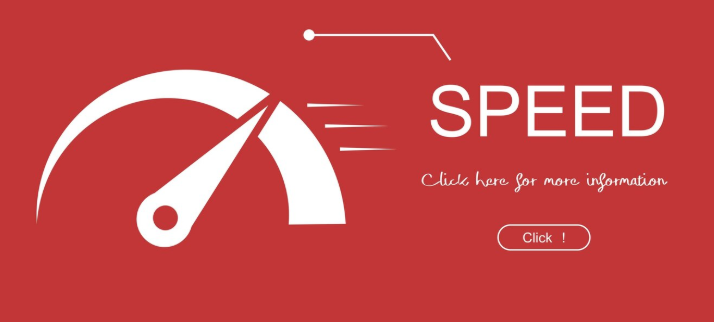
A website without life and slow would actually spell death to the conversion process, with nothing left to convince. However, user performance is an important factor, even as the ranking positions are mostly relying on search engines. The speed-increasing strategies are:
- Compression and next-gen image formats
- Browser caching and use of CDNs
- CSS, JavaScript, and HTML minification
- Elimination of render-blocking elements
Final Thoughts
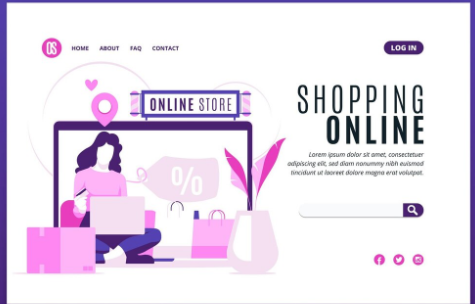
Designed to be conversion-friendly is not a fancy blend of elements or bombarding the visitors with information. It is about creating a user experience that seems organic, engenders trust, and converts action. Appropriately and strategically done design for a website can help you make huge profits. Are you in the hunt for the best eCommerce design services? Here, at Netlynx Inc., we offer custom eCommerce web design services that guarantee tangible results. Not only do we offer eCommerce development services, but we also build digital storefronts that convert browsers into lifelong customers. For measurable growth through expert eCommerce website design, contact us today.


